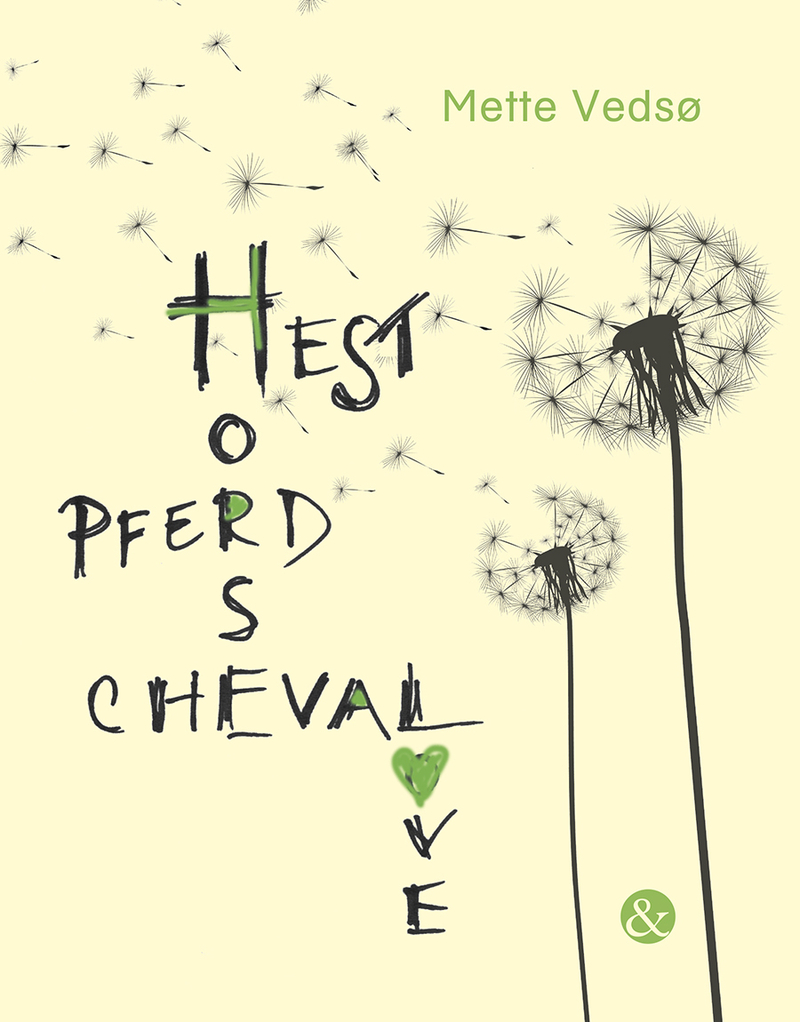Mette Vedsø

Allegedly it was a leading article in the Swedish Bazar Masarin, 2016:2, titled “Häst är bäst” (“Horses are best”) that prompted Mette Vedsø to start writing her horse novel. “Today, the horse genre gives children and young people a world they can enter to find the tools to create, or to find an identity,” the article said. This is largely what Mette Vedsø has provided in her novel.
We follow two very different 13-year-old girls, Naja and Vanessa, who goes by “Taxa”. They each look after their own horse, each with its own temperament. They talk about fun things, about serious things, and with the Polish stable hands who haven’t quite mastered the Danish language. Naja comes from a nice middle class home, while Taxa comes from the high-rise flats. Naja’s mother has a thinly veiled desire to control, while Taxa’s mother is almost absent.
Taxa has started her period, is interested in boys, smokes, and is more developed than Naja. Small signs point to the breakdown, or evolution, of their friendship. This is beautifully suggested by the book’s designer, who has adorned the cover and pages with a dandelion plume whose seeds are floating away. These are seeds that either perish or take root and reign supreme. We use the flower to show how many lovers we have. We know that its seeds fly at random, wherever the wind takes them. And we know how ineradicable they are.
Mette Vedsø uses language at once so simple, concise, precise, and suggestive that you the reader easily get the feeling that the book is much bigger than it is because there are so many emotions and so much sympathy in the space between the lines.
This is a poetic yet realistic tale that pushes the reader out of the unique comfort zone you find yourself in when you already know the answers. Here – together with the horses – you must witness the pain and uncertainty that exists in a friendship between two girls who, essentially, have only their interest in horses in common.
This is a book that gives horse literature its rightful place on the bookshelf! Yet it is also so much more than a horse book in that it shakes up the entire genre.
We encounter the two girls in a world where they might be able to find the tools to find themselves. And who knows, maybe each other?